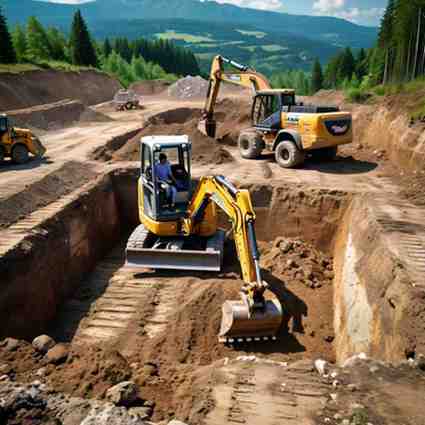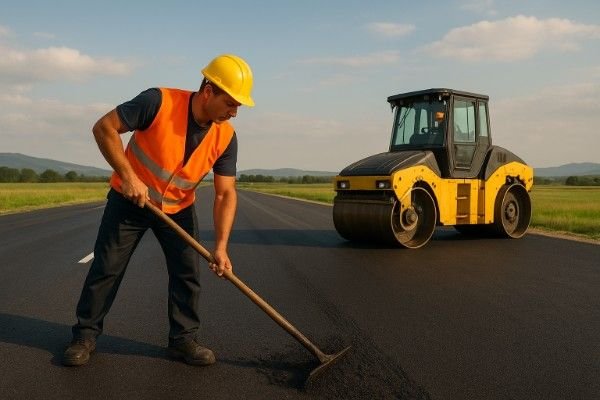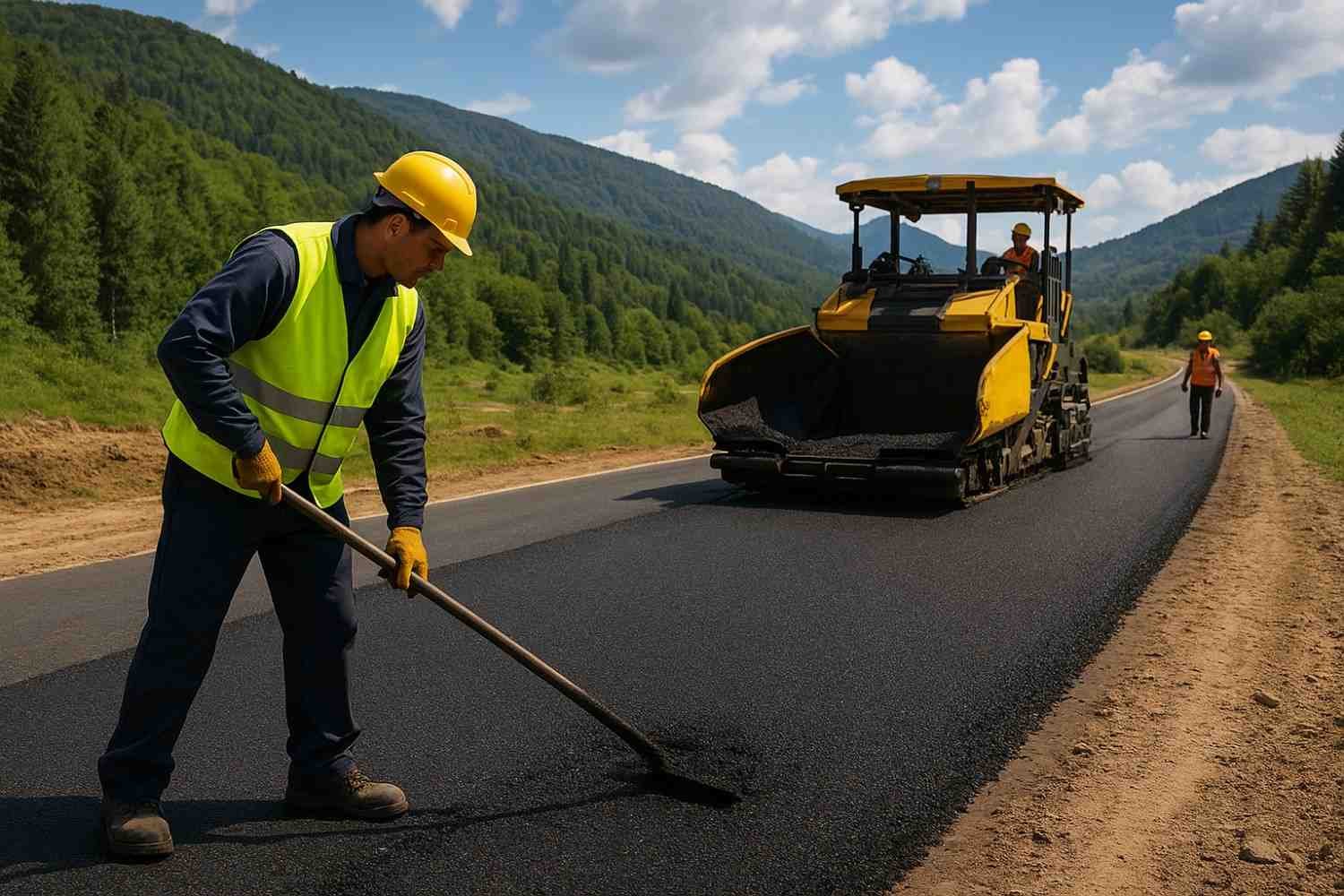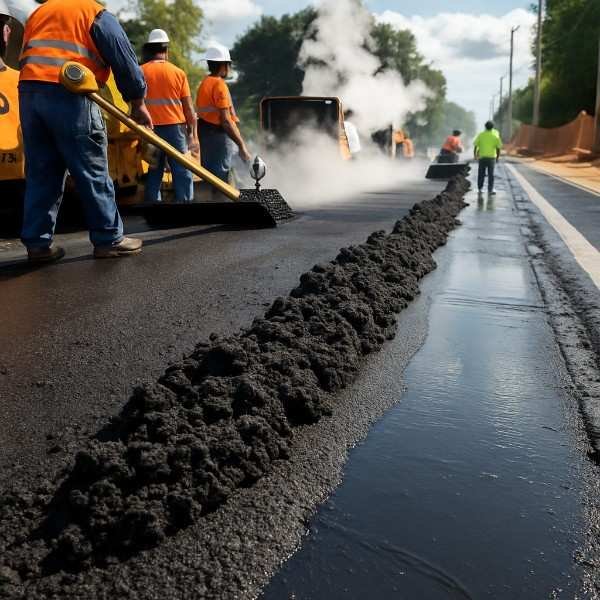Table of Contents
Introduction
Earth work is the process of soil excavation and backfilling in construction. Earth work carried out for different purposes like, excavation for foundation, filling of soil under floor and roads to achieve desire level and excavation for installing utility systems etc. Earth work involves excavation in all types of soil, lifting, transportation, disposal of excavated material, back filling, fill for building foundations and under floor etc. Excavation and backfilling in construction is measured in Cubic feet (cft) or Cubic meters (cum).
Precautions for Excavation and Backfilling:
Before start of earthwork (excavation and backfilling in Construction) following precautions should be kept into consideration to avoid any major loss:
- Site Analysis:
Site survey for identification of underground utilities, unstable soil, and nearby structures should be done before start of earthwork.
- Protective Measures:
Protective measures should be done for sloping, benching or shoring to prevent soil collapse and slides. Trench boxes or shields may be used to protect workers inside the deep excavated area.
- Safe Entry and Exits:
Safe entry and exit points with easy accessibility should be provided for workers inside excavations.
- Water Control System:
Proper water control system should be arranged to control groundwater and prevent flooding in the excavation area. Dewatering systems may be provided if required.
- Safety Barriers and Signage:
Safety barriers and signage around the excavation site should be provided to prevent general public access.

Classification of Excavation:
Excavations are classified under the following heads based on type of soil at working area:
- Ordinary Soil
Includes spoil or rubbish, loose/medium stiff clay, silt, sand, gravel, loam, and other formations that can be penetrated with a shovel using foot pressure.
- Hard Soil
Includes stiff clay, mud concrete, boulders, conglomerates, and formations that require the use of a pick for excavation.
- Rock Not Requiring Blasting
Includes premix carpet, large boulders, and soft rock formations that can be excavated using jumpers, wedges, and hammers.
- Rock Requiring Blasting
Includes hard rock formations that cannot be excavated using standard tools and require blasting for removal.
Backfilling Under Building Foundations and Floors:
Backfilling involves filling the excavated area with suitable soil or sand up to the required height.
- Backfilling Procedure:
Before backfilling, ensure the area is clear of grass, shrubs, and water. Backfilling should be done in 6-inch layers, with each layer being compacted to a minimum of 90% of the Modified AASHTO standard for cohesion-less soils and 95% for cohesive soils.
- Survey and Setting Out Profiles:
All excavation and embankment works must be set out correctly with proper layouts using level, theodolite, or total station equipment.
Conclusion
Earthwork (Excavation and Backfilling in Construction) has huge importance in construction work because all load of constructed infrastructure will be placed on the earth therefor this activity should be complete in professional manner. Good quality soil must be used as back filling material.






